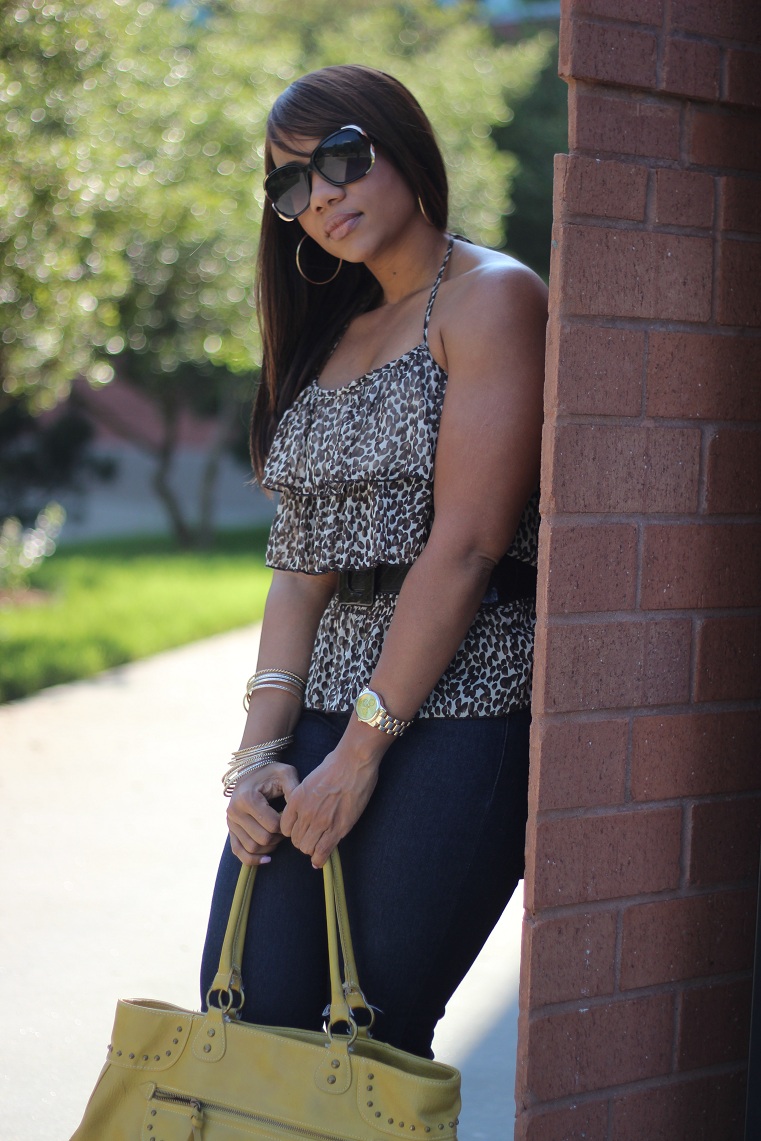

et al (2016) Design Strategies for the Eternal Reocurrence of the New. (2006) "Buyer behaviour for fast fashion", Journal of Fashion Marketing and Management: An International Journal, Vol. Emotionally Durable Design : Objects, Experiences & Empathy London: Earthscan.īruce, M., Daly, L. Investigating the new electronic reality.

The Fashion System. Berkeley: University of California Press There are no simple or straightforward solutions to the problems of fast fashion, sustainability, and extending the lifespan of garments however, makers may be the ones to ultimately provide the answers, but only if we listen.and look.īecause in the end, for what it's worth, it is only the stitches that remain. We must create spaces for and give support (both emotional and financial) to those embracing the world of making and experiencing clothes at a pace that gives room for contemplation. We must therefore have a more contemplative gaze, one which permits us to critically rethink fashion making and wearing. Ecological and labor crises are no longer abstract possibilities they are very real. Indeed, if the objects are the problem, could the making offer up a solution for ways to produce things that are more dear to us? More recently, research in design has focused on more meaningful objects as a means to fight throwaway society, which are very much aligned with de Kerckhove’s thoughts.

In addition to the widely discussed matters of over-consumption and quality issues leading to the consumer's early disposal of garments, he suggests that abstract qualities embedded in designed objects-qualities that are only perceived through experience-can be put into jeopardy when we over-accelerate the pace of creation and production. The cutting room floor still looks much the same as it did a century ago, so for them, the shortening of seasons is a difficult obstacle to overcome.Īs the social communicator de Kerckhove proposed in 1997, the problem with the acceleration of making in design is also applicable to the making of fashion. In spite of all of the technological and mechanical developments in digital pattern cutting, weaving, and printing, clothing manufacturing is still an industry that is very much dependent on the hands of the makers. On the other hand, fashion beyond the object-encompassing the creation, making, and handling of clothes-more often than not, remains the same. On the one hand, various steps of the design process-including new mood boards, color charts, shapes, prints, patterns, campaigns etc.-come in and out of style every single season, much like fashion trends. When it comes to making and production, however, fashion is stubbornly resistant to adapt. The tongue-in-cheek motto of the sunglasses brand Chili Beans is “A new collection every week”-one which echoes fashion's unsustainable speeding up. Time itself has been truncated, and fashion makers are in on the joke. A fact broadly known, if not accepted, by any active consumer of clothes is that, as the decades have passed, the intervals between collections has shortened. Fashion, it is safe to say, is obsessed with time. In an effort to keep the economy rolling, designers (straddling the worlds of art and commerce) have had no choice but to keep pace with the changing of decades, years, and, perhaps most importantly, seasons. Fashion's love affair with the future has brought practitioners to question its essence: the matter of time.


 0 kommentar(er)
0 kommentar(er)
